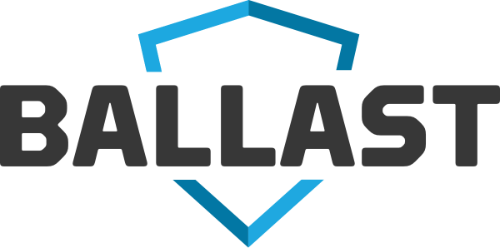I t seems that, no matter what industry you are in, if you have a compliance or audit obligation and need to prove that your security program is up-to-snuff, you can count on your auditors or assessors asking for your risk assessment. Not only does having a quality risk assessment provide evidence that there is someone paying attention to security in your organization, but every major security framework and regulatory mandate lists a risk assessment as a required process in building a compliant security program. However, as businesses grow and evolve, many are faced with the challenge of meeting new or additional frameworks to address cybersecurity issues and stay compliant. Of course, assessing compliance with a framework is not the same thing as conducting a risk assessment, but considering how you stack up against best practices (often defined by one or more frameworks) is an important component of understanding where you may have vulnerabilities.
So, how do we ensure our risk assessments are going to satisfy auditors who may be auditing us against different frameworks? The answer is two-fold. First, make sure that you are using an acceptable Risk Assessment Framework, such as the one defined by the National Institute of Standards (NIST) document SP-800-30. Second, utilize a risk assessment tool that provides you with great flexibility, so you don’t get locked into a single standard for your assessment of controls.
Flexibility is one of the most important factors when choosing risk assessment software. While there are definitely other features and functions you should consider, it’s important to find a solution that can work with you now and in the future.
A Risk Assessment Tool Built for SOC, HIPAA, NIST, PCI, & ISO Standards in Mind
Here are a few specific ways BALLAST helps you address multiple security framework standards:
- SOC 2 & SOC for Cybersecurity—While there are distinct differences between SOC 2 and SOC for Cybersecurity, both frameworks require risk assessments as a standard for compliance (see SOC 2 CC 3.2 & SOC for CyberSecurity DC11).
- HIPAA—HIPAA enforces security standards for any organization that is collecting, storing, or processing personal health information (PHI), including hospitals, medical providers, and insurance companies and their business associates. It also requires an accurate and thorough assessment of the potential risks and vulnerabilities (see Section 164.308).
- NIST—Many organizations leverage NIST security guidelines to manage and reduce risks. Like the other framworks, it also requires organizations to conduct, document, review, and disseminate results of risk assessments (see NIST SP800-53 Rev 4 & NIST for Cybersecurity ID.RA).
- PCI DSS—The Payment Card Industry Data Security Standard (PCI DSS) exists to protect the security of cardholder data. PCI DSS outlines specific risk assessment standards for merchants and service providers that have cardholder data environments.
- ISO 27001/2—ISO exists to be an international suite of standards that any organization, whether public or private, could use this framework to improve and report on quality management and security. ISO 27001 Sections 8.2 & 8.3 outline the framework’s specific requirements for risk assessments.
Learn How BALLAST Can Help Your Business
In the end, BALLAST was designed to help every organization, regardless of which security framework they are required to meet, develop an easy way to eliminate the guesswork and frustration of risk assessments.
If you want to learn more about how BALLAST can help your specific organization, click here to take a free product tour or connect with our team to answer any specific questions you might have.



